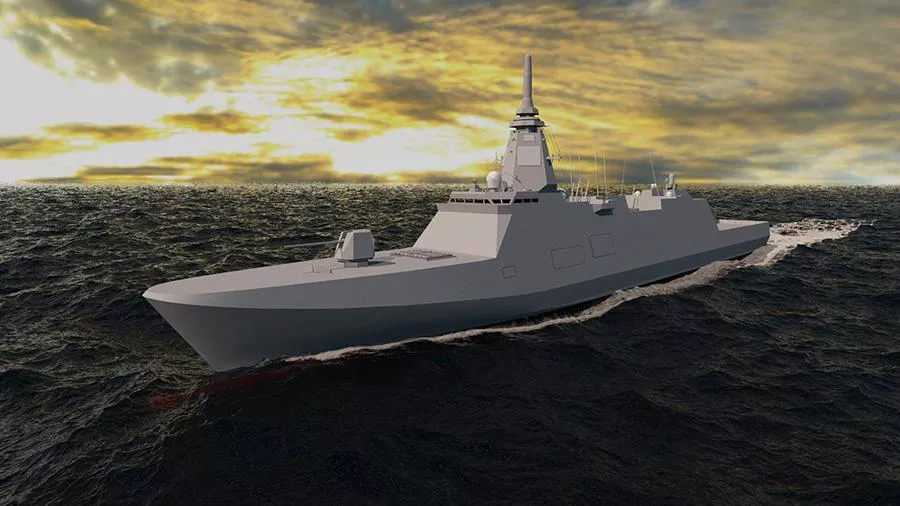Australia picks Japan’s Mogami-class frigates under AUD10bn deal

The deal marks a major breakthrough for Japan, representing one of the largest defence export agreements in the country’s recent history.
Australia has selected the upgraded Mogami-class frigates from Japanese-company Mitsubishi Heavy Industries (MHI) following a highly competitive bidding process under Project SEA 3000.
Announced by the Australian Government on 5 August, the deal comes “months ahead of schedule”, with the commercial contract expected to be signed next year.
The deal also marks a major breakthrough for Japan, representing the country’s largest-ever defence export in recent history – a significant milestone for a country that has historically faced challenges in the global defence export market.
Project Sea 3000
Valued at up to AUD10 billion (USD6.6 billion), Project SEA 3000 was launched last year to replace the Royal Australian Navy’s ageing Anzac-class ships.
Initially five companies were bidding for the project to supply the navy with 11 general purpose frigates: ThyssenKrupp Marine Systems (TKMS); Navantia; Hanwha Ocean; Hyundai Heavy Industries; and MHI.
Both TKMS and MHI were then downselected for the final bidding process.
Having secured the deal, MHI is now required to deliver 11 new, upgraded Mogami-class frigates, which Defence Industry Minister Pat Conroy described as “the best option for our navy”.
The first three of which will be built in Japan, with the initial ship delivered in 2029, while the remainder will be manufactured in Western Australia.
Designed for long-range missions, the frigates are capable of operating up to 10,000 nautical miles and will be equipped with both surface-to-air and anti-ship missiles.
Prior to this announcement, the key requirements for the vessels as stipulated in Project SEA 3000 include: the ability to operate a helicopter; limited air and missile self-defence capabilities; a towed array sonar; lightweight torpedoes; and the ability to undertake force protection, maritime strike, and land strike missions. Speed was also a highlighted as a key requirement.
This deal is a key pillar in Australia’s broader effort to expand and modernise its maritime capabilities, having also announced this year that it will acquire BAE Systems’ nuclear-powered submarines under AUKUS. MHI was likely chosen, in part, for its promise to deliver the vessels within a tight timeframe.
Olivia Savage, Editor in Chief, Clarion Defence & Security
